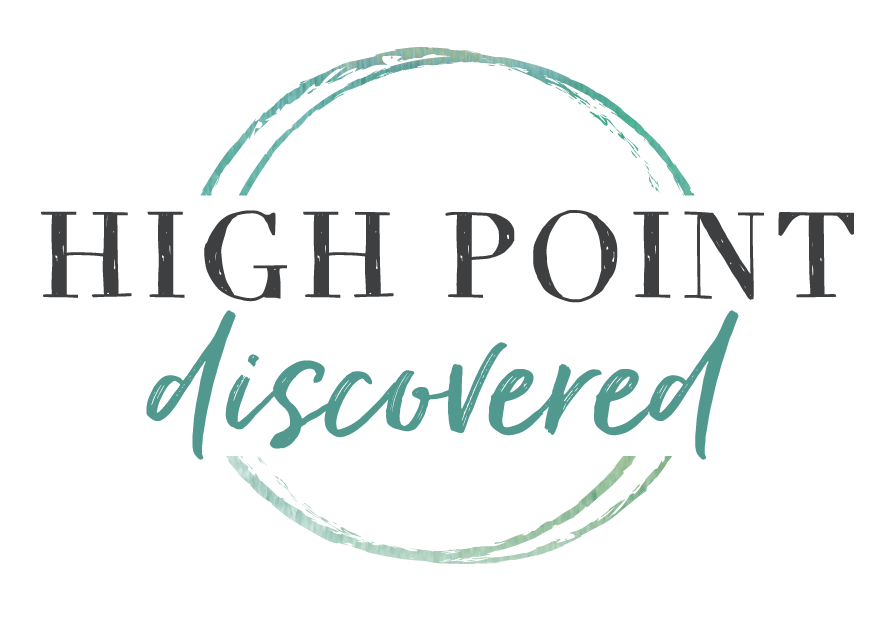Fostering The Next Generation of Creatives: Penn Griffin School for the Arts
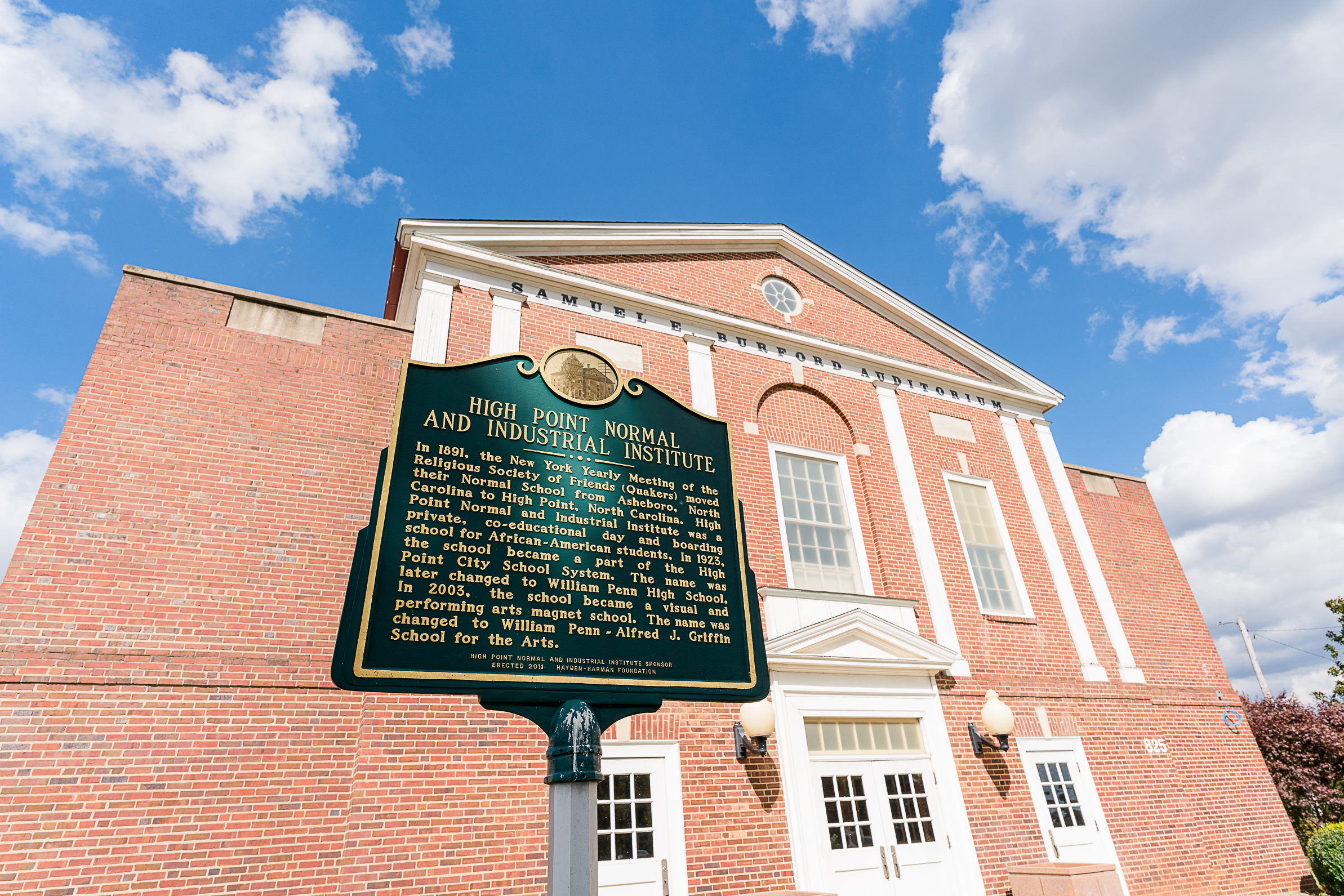
Penn-Griffin School for the Arts is known for its ranking among North Carolina's top 50 public high schools. The school redefines community education while honoring its inclusive and innovative history. Once known as William Penn High School, the school originally served African American students during segregation, from the late 1800s to the 1960s. Among its notable achievements is that it claims John Coltrane as one of its alumni. And on February 11, 1960, high school students from William Penn High School led a Civil Rights protest sit-in, which many believe was the first sit-in conducted by high schoolers.
Today, this institution serves both middle and high school students. Maintaining its legacy of academic excellence and artistic expression, the high school is an arts high school, where students are required to audition within one of the school’s core areas of focus: orchestra, band, chorus, classical guitar, piano, dance, theater, or visual arts.
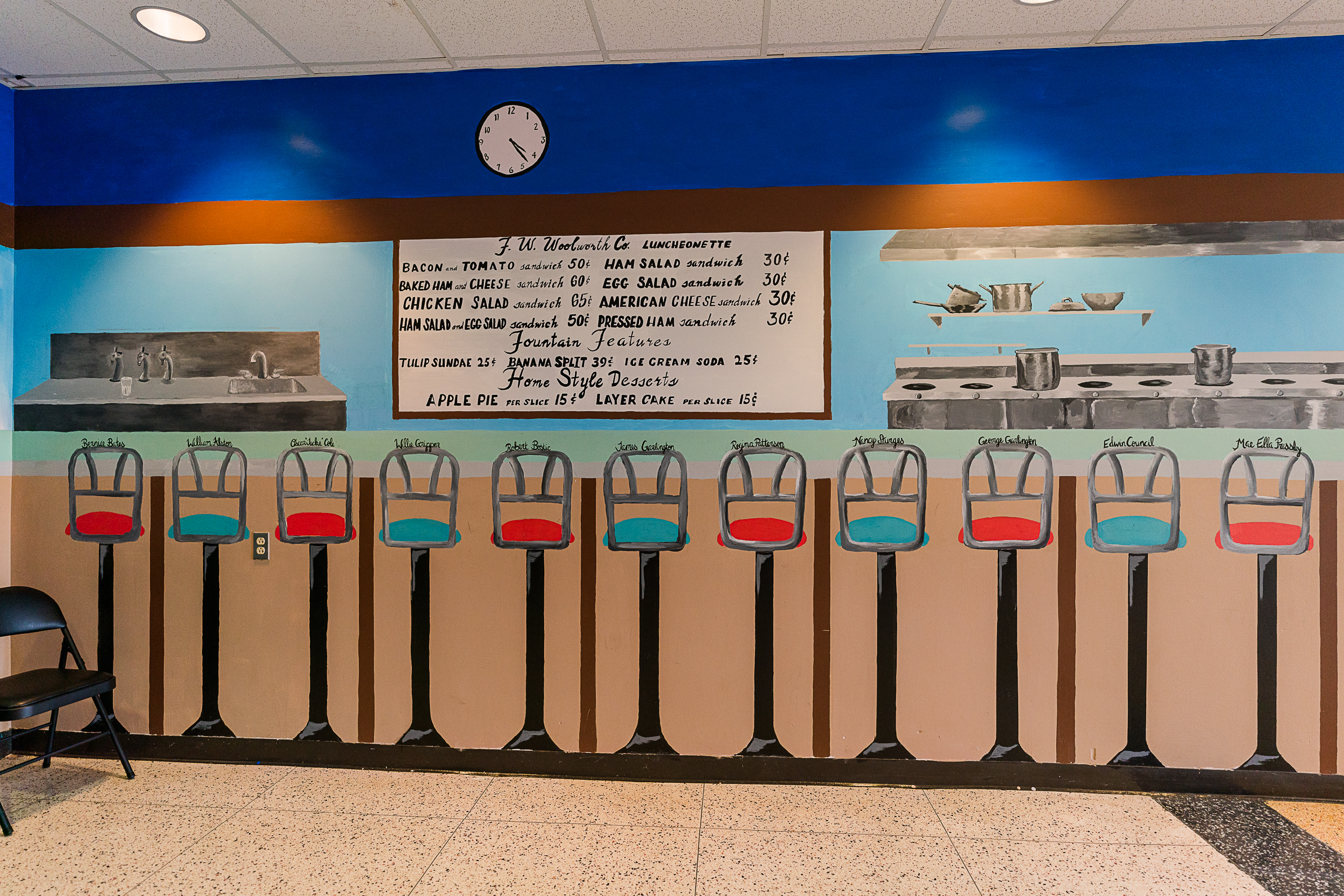
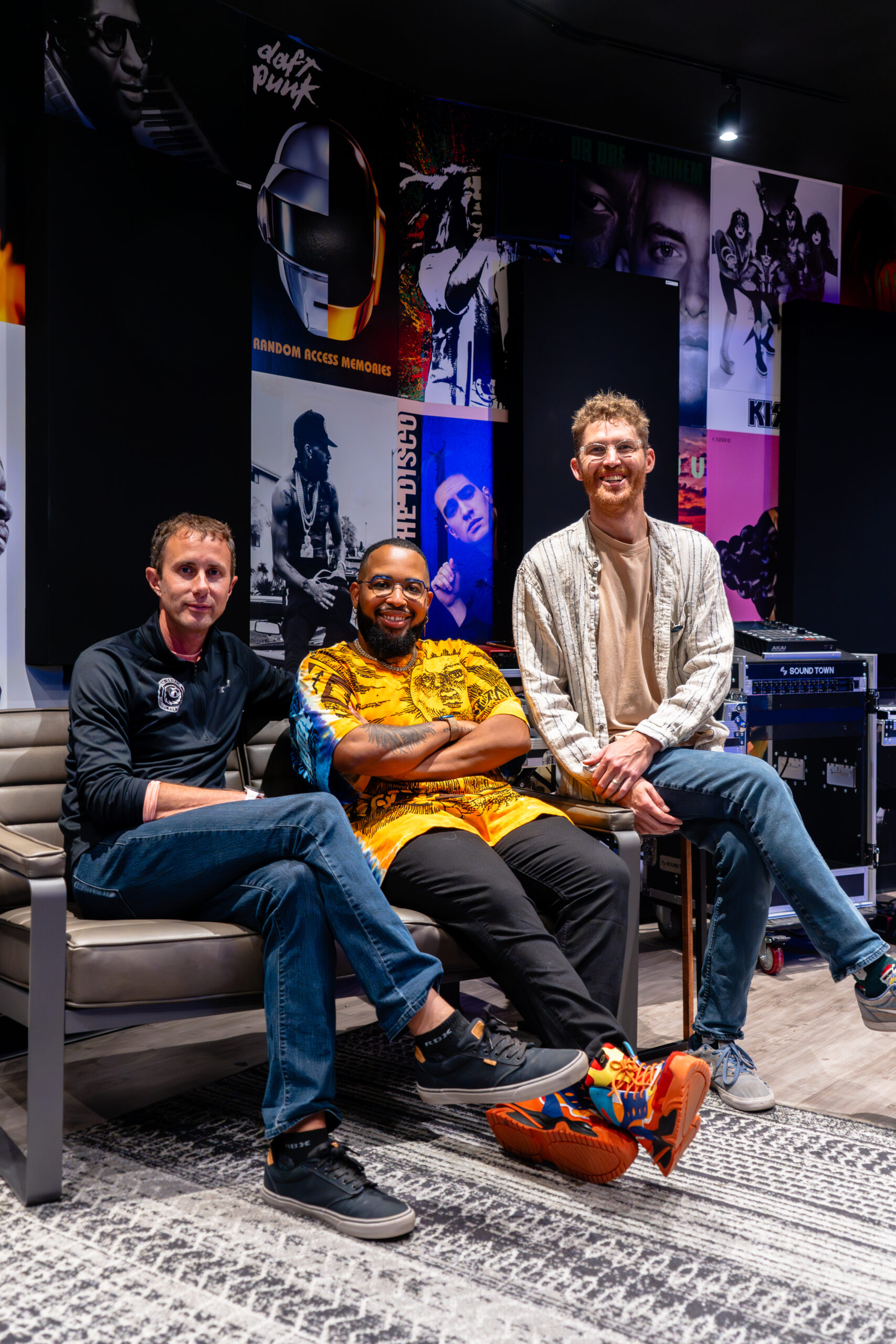
The institution continues to embody the intersection of arts commitment and educational equity in an educational landscape that values diversity, inclusivity, and creative expression. This magnet school in Guilford County has become a shining example of what is possible when commitment to the arts meets dedication to equity in education.
One of the school's standout features is its grade structure. Penn Griffin encompasses both middle and high school making it a 6-12 institution. Principal Howard Stimpson notes that they are the only school in the Guilford County school system with this setup. He also notes that nearly 70% of the students at Penn Griffin are from families experiencing poverty, so equity and access to additional resources are vital.
That’s one of the reasons Principal Stimpson worked with intentionality to make sure that students districted for Penn Griffin in middle school would have every chance to successfully land their audition for Penn Giffin High School. Under his leadership, the school went from less than 15% of Penn Griffin middle schoolers becoming Penn Griffin high school students to more than 70% of middle schoolers successfully entering Penn Griffin high school.
Because providing opportunity for the students and an environment that allows them to express their creativity can form a foundation for transforming issues associated with systemic poverty.
“The dream is to take a kid who lives right here [in this neighborhood] and has no experience, no access to violin... They come in as sixth grader and then learn how to play the violin,” Principal Stimpson explains. "They come to the high school and they end up going on four-year college or university. And we were able to help them make that difference. That's how you break the cycle of poverty.”
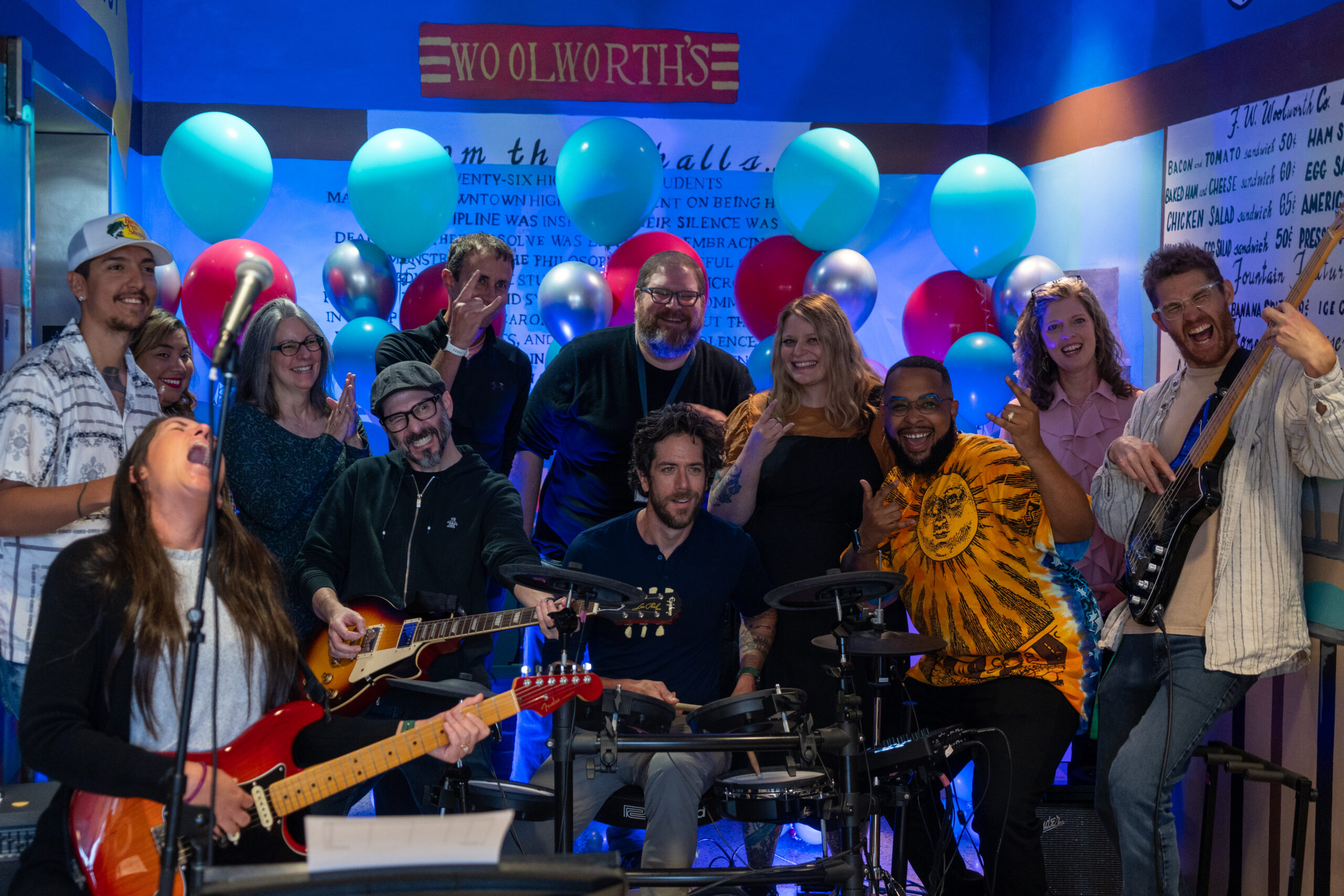
For those reasons, he encourages the entire faculty and staff of Penn Griffin to use their influence and resources to support the growth and development of the students.
This type of educational philosophy also is the foundation for the recent addition to the school: a professional music production studio, a rare gem in educational institutions. Designed in collaboration with Notes for Notes, a non-profit based out of Nashville, TN, the studio boasts sound isolation, premier equipment, and detailed design, providing students with a technology-driven creative haven. While Notes for Notes usually builds this type of recording studio in partnerships with national chapters of the Boys & Girls Club of America, this recording studio is the first of its kind that has been built in a public high school. And that is in large part due to the advocacy of Principal Stimpson.
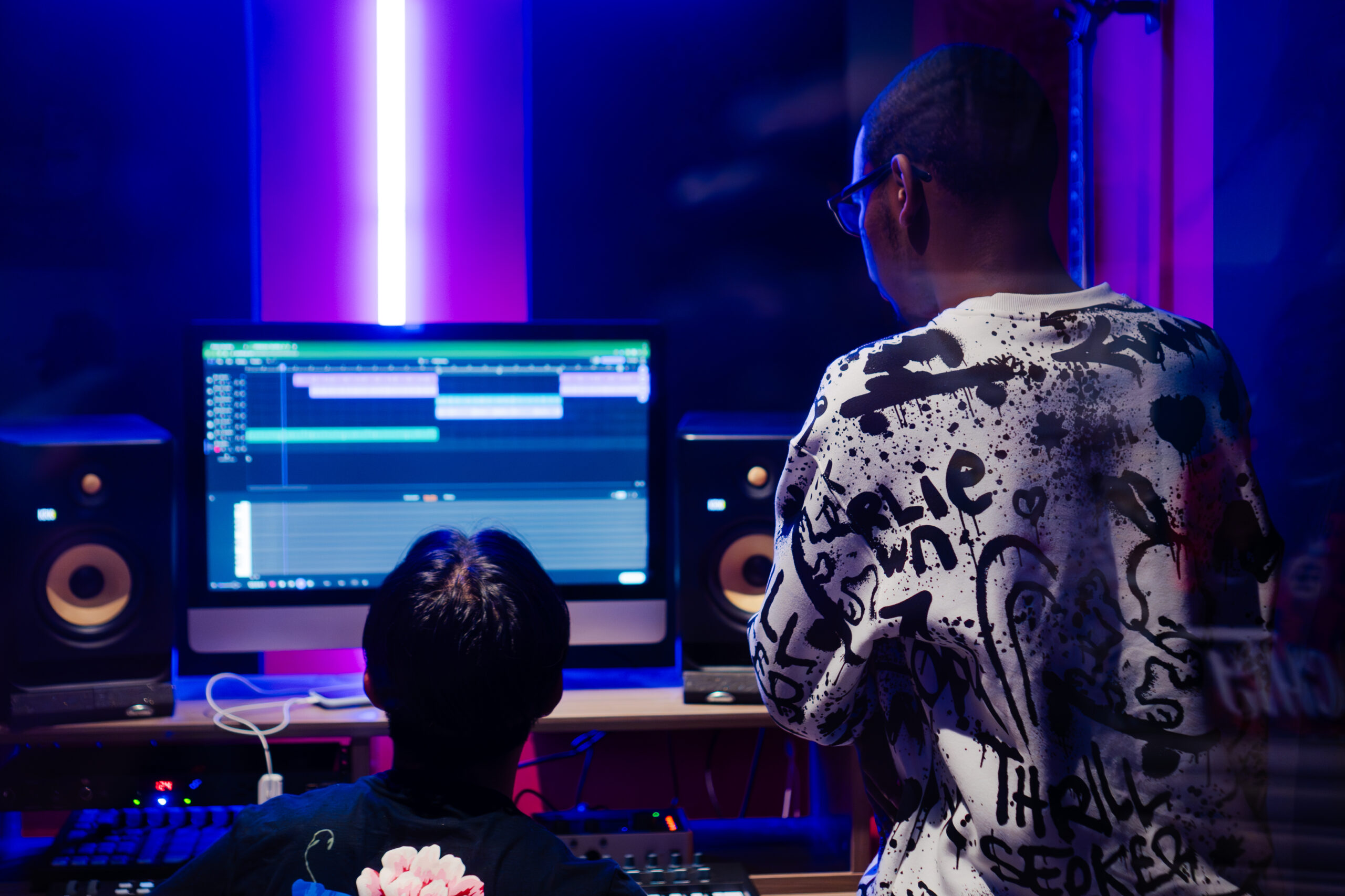
Back in 2018, he reached out to the Notes for Notes executive team on how they could collaborate. He shared with the Notes for Notes team the vision his faculty has for Penn Griffin students and explained why this program could be the right fit for all parties.
“I explained to them that these are the problems that I'm seeing after being here for two years, and this is what I'm trying to fix,” says Principal Stimpson. Seeing the passion that Principal Stimpson had for providing the resources the students needed, the executive team of Notes for Notes wanted to join in his mission and goal to provide opportunities to Title I students.
This studio, however, is not just an educational facility; it's a wellspring of inspiration, elevating High Point's music education standards. It is 2,100 square feet, built like a professional studio, and has sound-isolated rooms and wall treatments. Furthermore, it is built to the same standards you’d see construction-wise in Los Angeles or New York City. While it will be part of the Music Production classes at Penn-Griffin, it will also be part of after-school programming for area middle and high school students to learn and grow their skills in music production – at no cost.
Notes for Notes has made it their goal and mission to affect students' success, which is why they found that the partnership in High Point at Penn Griffin was a perfect fit for their team. Crafting a creative environment that allows the students to explore their talent with expert help and without barriers to entry aligned seamlessly with the vision of Principal Stimpson and the Penn Griffin staff.
“It will always be free. It always has been,” says Notes for Notes CEO and founder, Philip “Phil” Gilley. “Because we never want a fee associated with participation.”
“This is where people come and they throw ideas against the wall and they experience it,” Phil says. “They express it, they work with others, but they discover what's inside of them.”
When students have an opportunity to be immersed in this environment, it allows them to build confidence, tap into their innate creativity, and grow as individuals. There are a lot of factors that affect students which can be social status, economics, the town they live in, or their race. However, when they are in this program, students leave that behind them.
“I think you live up to the experience that this creates,” says Phil. “If you set the bar high, it creates an opportunity for you to rise to that bar."
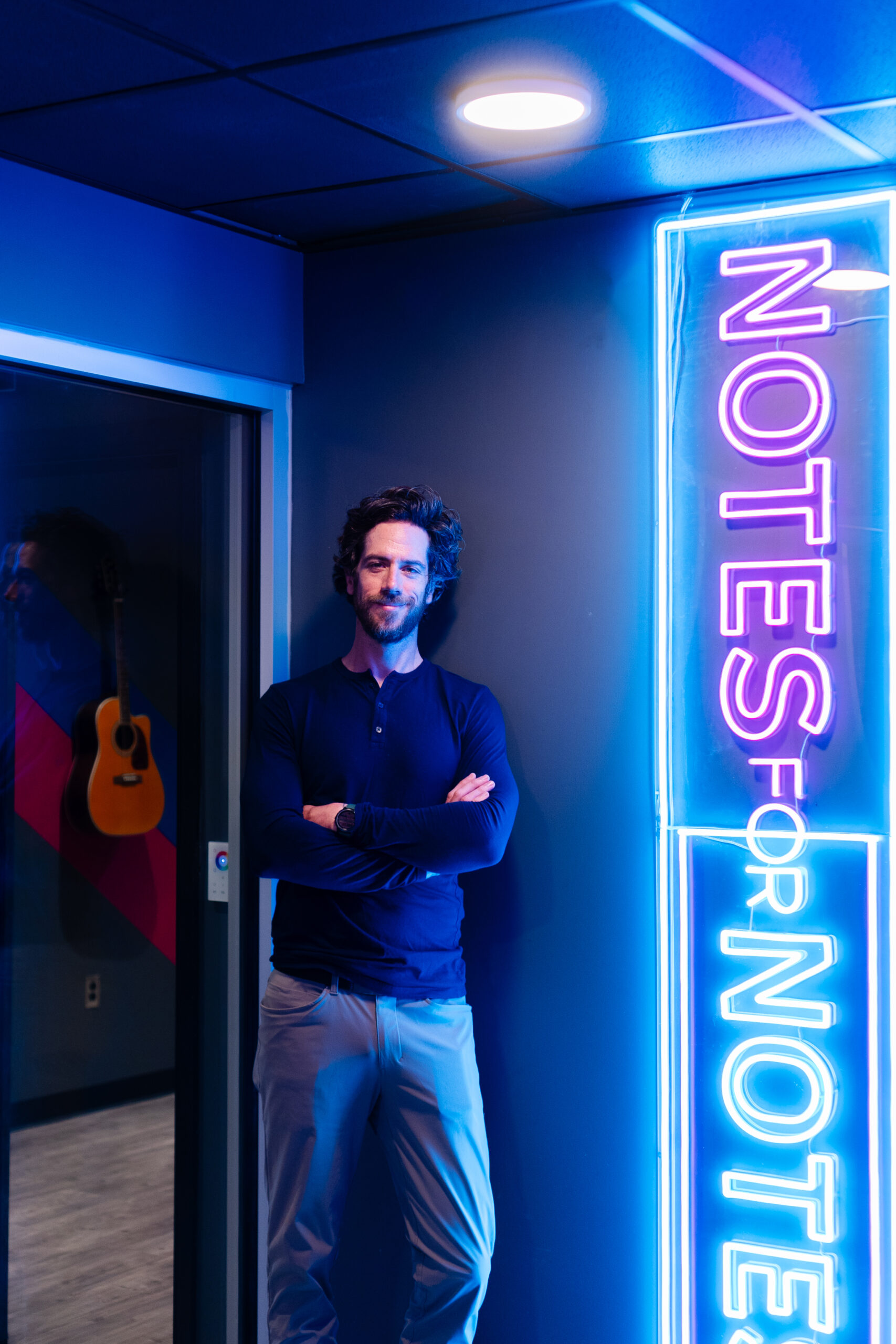
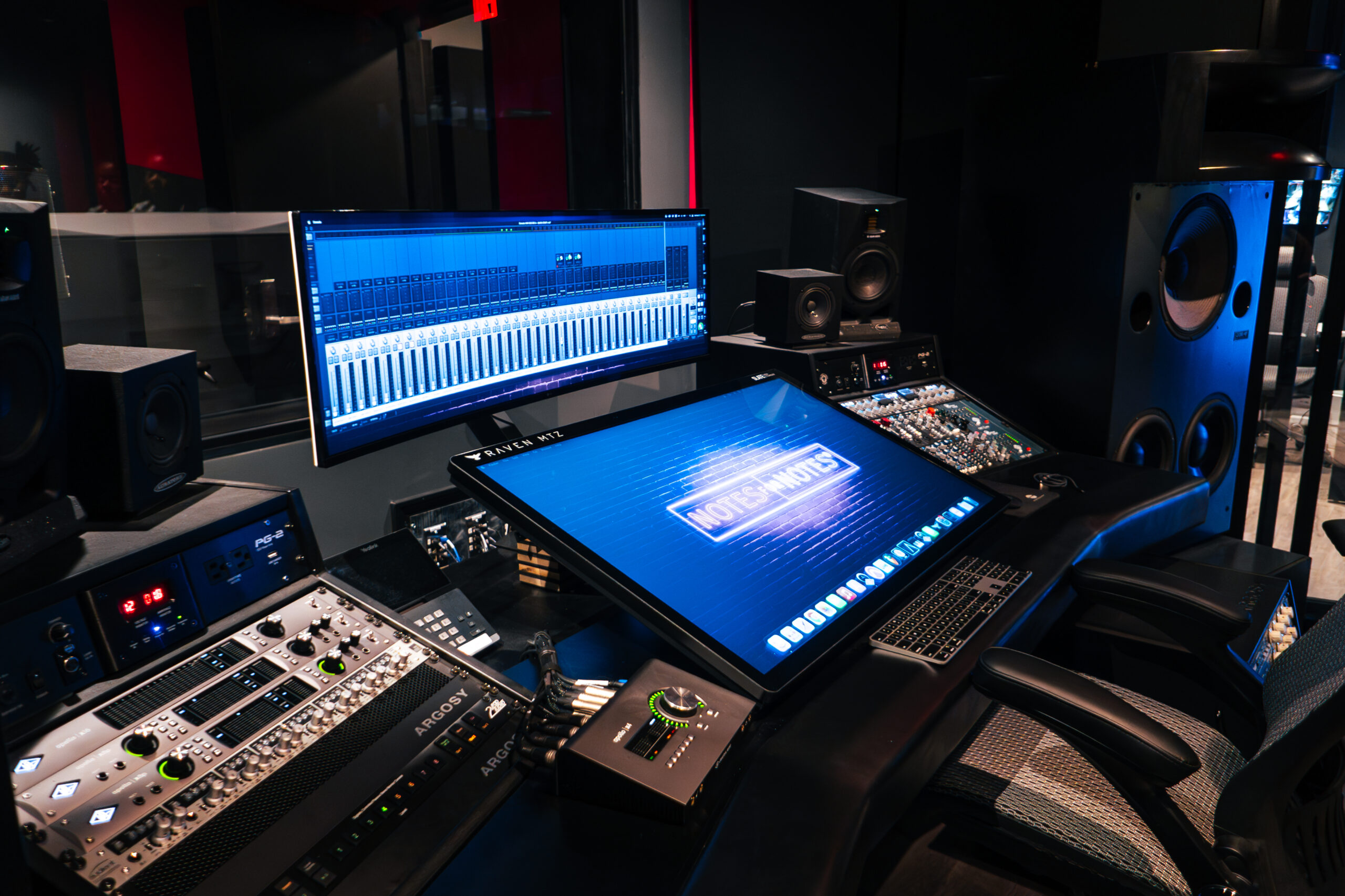
Notes for Notes, as well as the instructors in the studio at Penn Griffin, believe in the “no kids at the table concept,” which means that in this studio and in this program, the students are considered artists – respected and treated with high regard.
“First they're artists,” says Phil. “Whether they've made money on a career or anything, let's treat these young artists like artists. Giving them a space that is worthy of any professional artist means you're raising that bar and you're setting the expectation. You can get here.”
Once everything was built, Notes for Notes Chief Creative Officer Ross Tyler explained how they have calibrated monitors that can translate to different genres like rock, metal, blues, hip hop, and R&B.
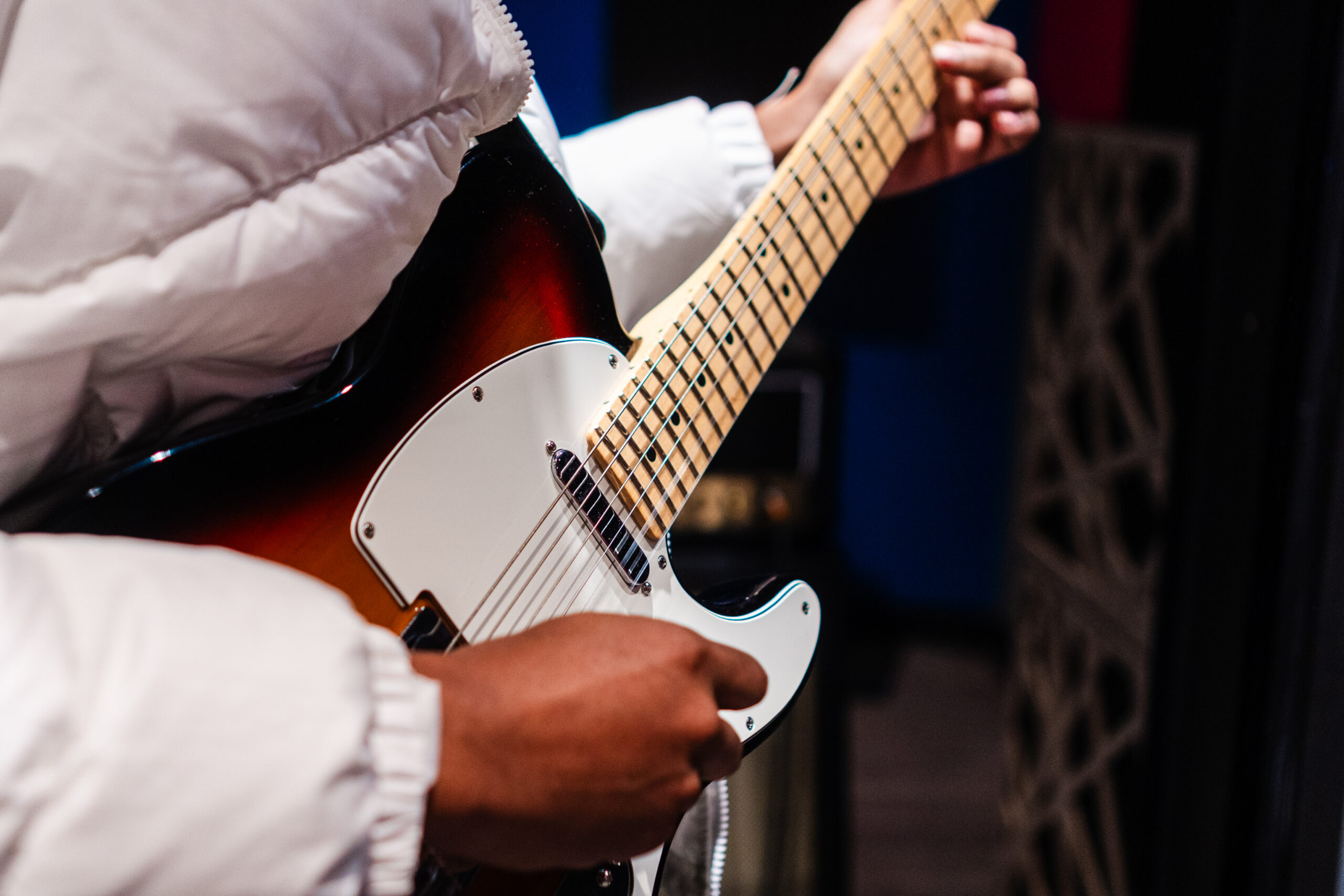
"These are youth-created tracks and the core of the whole thing revolves around the idea that they can create what you're hearing,” he explains. This allows for students to have full control of what they create without restriction. They are only limited by their own imaginations.
The professional recording studio is designed to have all the tools the students need – with plenty of aesthetic inspiration to boot. The tools students have access to include analog audio, professional audio, and digital audio.
“By using this type of software by universal audio and pro tools and other things, youth can come in here and work on it and mix with it,” Ross explains. “The idea of this studio is to bridge analog production and digital production together.”
“First they're artists. Whether they've made money on a career or anything, let's treat these young artists like artists. Giving them a space that is worthy of any professional artist means you're raising that bar and you're setting the expectation. You can get here.”
Philip "Phil" Gilley, CEO of Notes for Notes
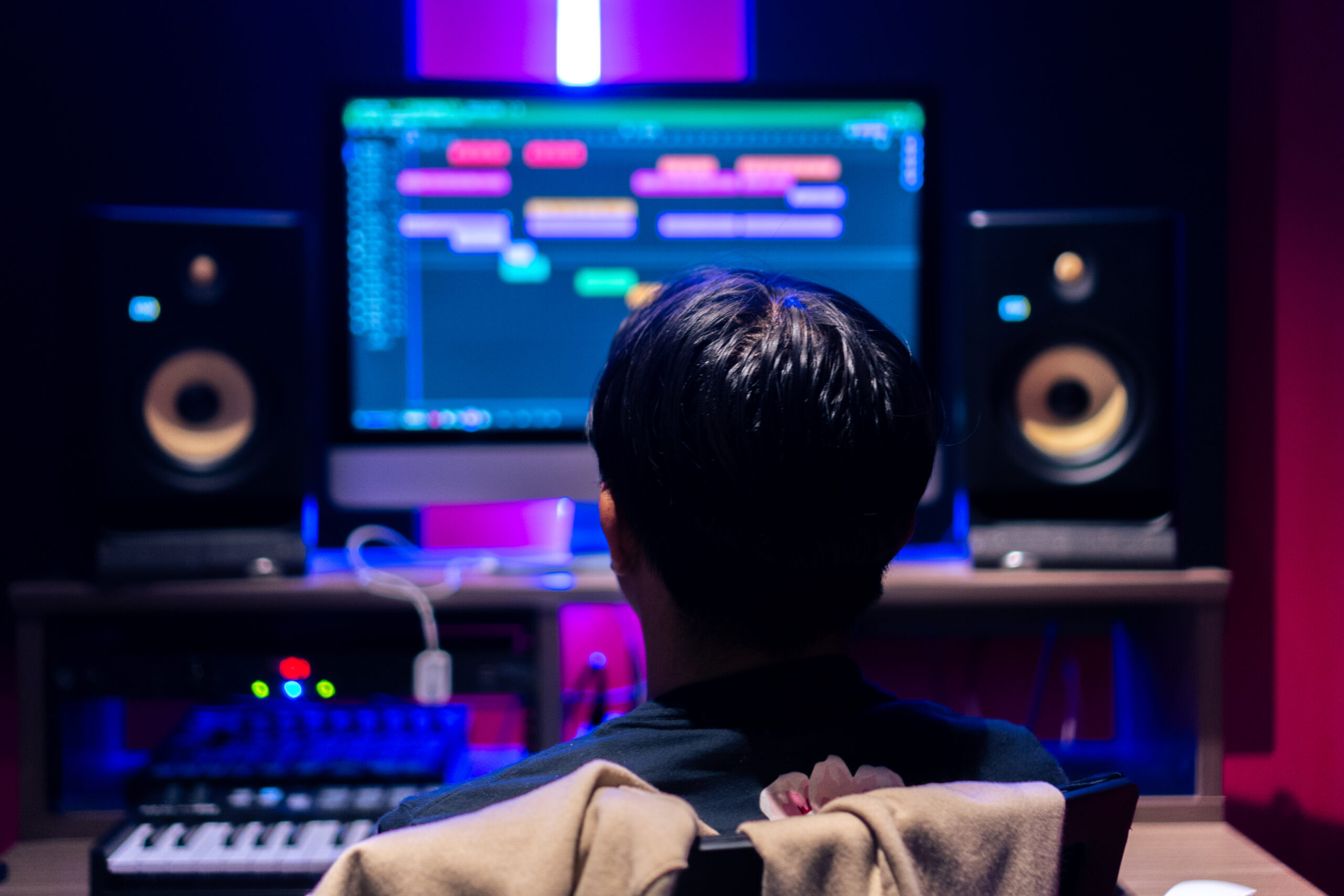
But what makes this program sustainable is not the equipment but the knowledge and expertise that’s passed on to the youth. For that reason, the program prides itself on being that space that sees how special their instructors’ guidance helps the youth unlock their potential.
The program connected to the studio has teachers and school employees who work together to offer their guidance and expertise to the student artists. Some of the staff include Jordan Lee who is the teacher educator at Penn Griffin, as well as Max Miller who is the producer and educator for Notes for Notes. While working with the youth there's a process that goes into play. The program is designed to help students discover the passions they have, so the instructor must consider the diverse talents of the students.
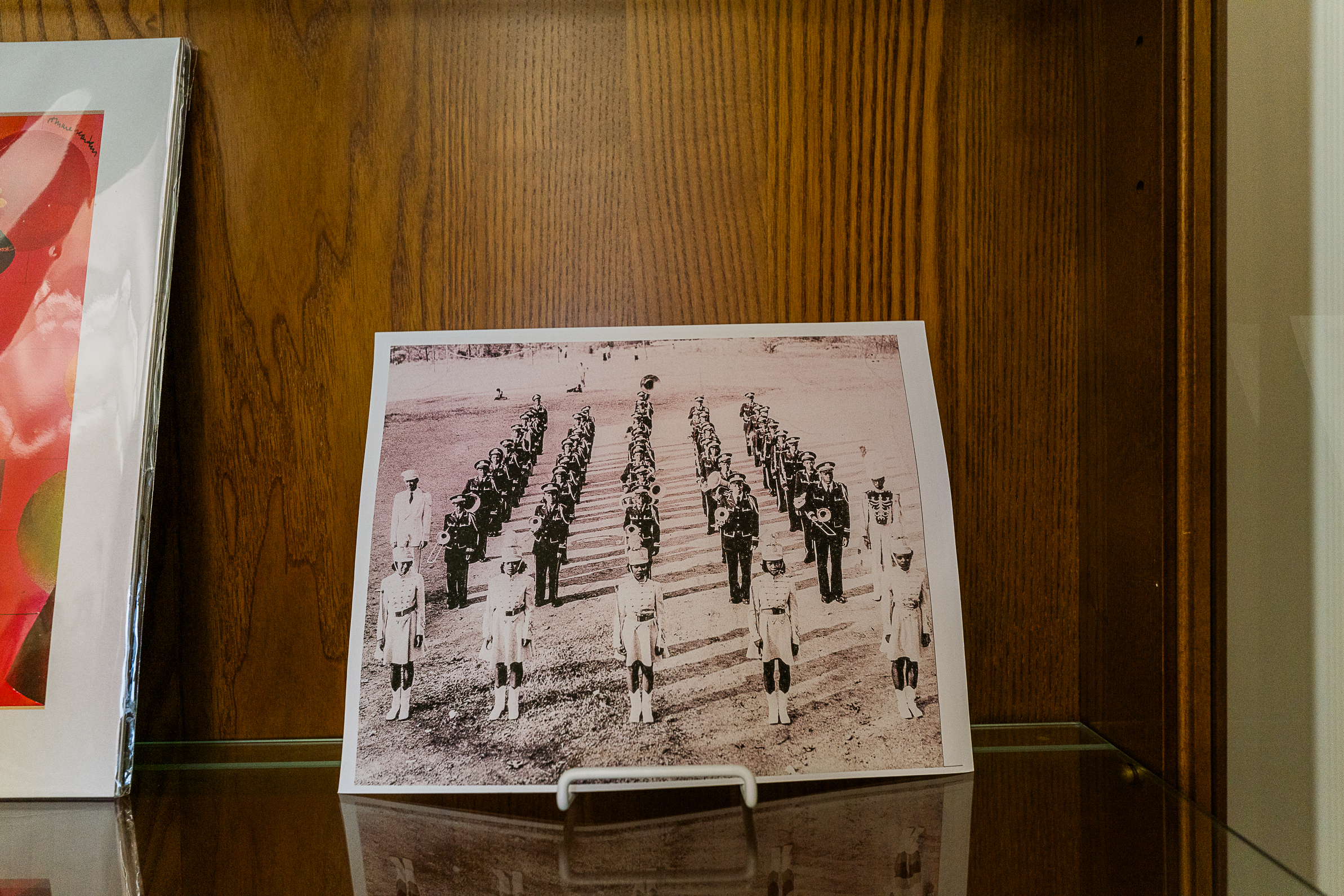
“Some people just want to play an instrument,” Ross explains. “Some people just want to sing, and some people just want to produce beats. It just depends on what they're into, what they're interested in, and what they want to chase.”
As a result of uncovering those passions, the students’ hard work can be turned into the tracks they create to go on a Notes for Notes national album, compiling youth-produced songs from all over the country.
“The community exists in the studios between students who otherwise might not share anything in common outside of the walls,” Phil adds. “There's a commonality that exists where truly that aspect of music is the universal language.”
This diverse student and instructor community is what highlights the rich tapestry of musical creativity right here in High Point. Fostering a culture of exploration, innovation, and infinite expression, the Penn Griffin Notes for Notes studio brings life to the landscape of local music. Students are dreaming, creating and discovering their potential – mixing tunes from High Point that might just change the world.
Discover our High Points,
The HPD Team
